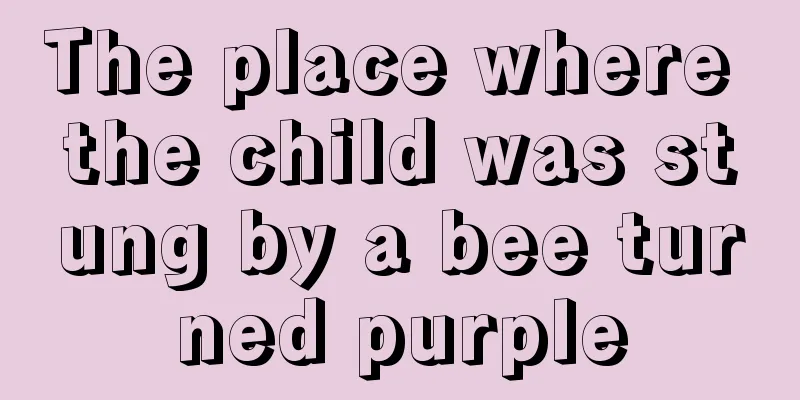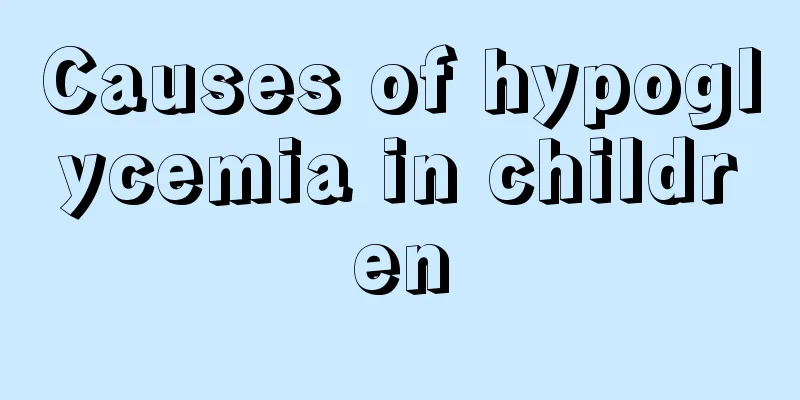What is the timing of teeth replacement for children?

|
Many parents may think that children's tooth replacement is a trivial matter and they don't need to pay too much attention to it. In fact, this view is very wrong. Children's tooth replacement should not be underestimated, because the teeth that children replace are permanent teeth, which will accompany us throughout our lives. If we do not pay attention to it during the period when children are replacing their teeth, it will leave regrets for the children throughout their lives. Below we introduce the time sequence of children's tooth replacement. Normally, at the age of 6 to 7, the deciduous central incisor (central front tooth) of the mandible begins to shake and fall out, and soon the permanent central incisor grows in this place; at the same time, the first molar grows behind the second deciduous molar. After that, the other teeth were replaced one after another. The permanent monocuspids and bicuspids can only grow out after the deciduous teeth in the same position fall out. By the age of 12 to 13, all the deciduous teeth have fallen out and have been replaced by permanent teeth. After that, permanent teeth will grow separately: the second molar will grow behind the first molar at the age of 12 to 14, and the third molar will grow after the age of 18. It is normal for some people to not have third molars. The order and timing of tooth replacement are roughly as follows: Number of teeth and time of tooth replacement 4 central incisors 6-7 years old 4 lateral incisors 8-9 years old First pair of canines 4 at 10 years old Single canine 4 11 years old Second canines 4 12 years old First molars 4 at age 6 4 second molars at 13 years old The above is an introduction to the chronological order of children's tooth replacement. Permanent teeth begin to grow at around 6 years old, deciduous teeth will gradually loosen and fall out, and all teeth will be replaced by permanent teeth by the age of 12 or 13. This stage is called the tooth replacement period. Note: During the period of children's teeth replacement, it is important to adjust their diet and avoid eating too hard food. |
<<: At what age does brain development stop?
>>: What is the order in which children's teeth change?
Recommend
What can children eat to improve their immunity?
If a child has low immunity, he or she is very li...
Red pimples on baby's face and hands
Babies' constitutions are naturally weaker th...
Is it okay for a four-month-old baby to take a bath and swim frequently?
Most babies are afraid of water, and they cry eas...
What should children pay attention to when swimming?
Children are the treasures of their parents and t...
What causes pimples on children’s gums?
The fleshy bumps on children's gums may be ca...
What is the best way to improve children’s immunity?
Immunity, also known as resistance, is an ability...
What to do if your six-month-old baby has diarrhea
Baby diarrhea is a very common disease in pediatr...
It is harmful for children to have hard lumps of earwax
In fact, the ears also have secretions. Although ...
My nine-month-old baby can't crawl
Everyone should be familiar with this. For exampl...
What should young children pay attention to when swimming?
In this hot summer, babies are very uncomfortable...
My child has chest pain after skipping rope
Children feel chest pain after jumping rope. In f...
What should children eat to improve their brain health?
Of course, parents hope that their children can b...
White discharge in baby's urine
It is very common for young people to have white ...
What to do if your child is introverted? Parents can do this
A child's personality has an innate aspect, b...
Children have low fever during the day and high fever at night
Many people think that fever is a disease. Fever ...









